Explain why (CH3)3C⊕ is more stable than CH3⊕CH2 and ⊕CH3 is less stable.
Hyperconjugation interaction in (CH3)3C⊕(I) is greater than that of C in CH3⊕CH2(II), as (I) has nine (C−H) bonds and (II) has three (C−H) bonds.
In ⊕CH3, the vacant p orbital is perpendicular to the plane in which (C−H) bonds lies , hence cannot overlap with it.
Thus, ⊕CH3 lacks hyperconjugative stability.
Topper's Solved these Questions
- BOOK - CENGAGE CHEMISTRYCHAPTER - GENERAL ORGANIC CHEMISTRYEXERCISE - Comprehension20videos
GENERAL ORGANIC CHEMISTRY
- BOOK - CENGAGE CHEMISTRYCHAPTER - GENERAL ORGANIC CHEMISTRYEXERCISE - Multiple Correct22videos
GENERAL ORGANIC CHEMISTRY
- BOOK - CENGAGE CHEMISTRYCHAPTER - GENERAL ORGANIC CHEMISTRYEXERCISE - Subjective11videos
GENERAL ORGANIC CHEMISTRY
- BOOK - CENGAGE CHEMISTRYCHAPTER - CLASSIFICATION AND NOMENCLATURE OF ORGANIC COMPOUNDSEXERCISE - Analytical and Descriptive Type3videos
CLASSIFICATION AND NOMENCLATURE OF ORGANIC COMPOUNDS
- BOOK - CENGAGE CHEMISTRYCHAPTER - HYDROGEN, WATER AND HYDROGEN PEROXIDEEXERCISE - Subjective Archive (Subjective)3videos
HYDROGEN, WATER AND HYDROGEN PEROXIDE
Similar Questions
Knowledge Check
- Question 1 - Select One
ΘCH3 is less stable than
ACH3−ΘCH2BCH3−ΘCH−CH3CΘCH2−NO2DCH3−ΘCH−C2H5 - Question 2 - Select One or More
Identify the carbocations lesser stable than CH3−⊕CH2 :
A.⊕CH3 :BCH2=⊕CH(Vinyl Carbocation)C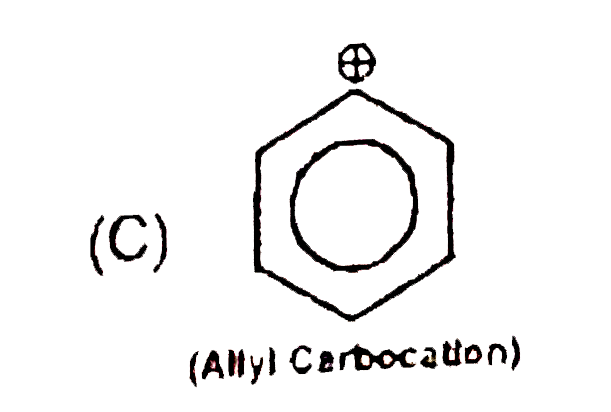 D
D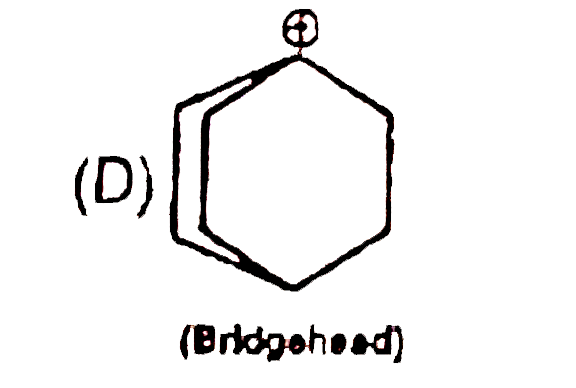
- Question 3 - Select One
The species CH3+CHCH3 is less stable than :
A(CH3)3C+BCH3CH2+CH2CCH3+CH2DCH+3
Explain why (CH3)3+Cis more stable than CH3+CH2 and CH3 is the least stable cation
View SolutionThe shape of (⊕CH3) is
View SolutionExplain why (CH3)3C+ is more stable than CH3CH+2andCH+3 is the least stable cation.
View Solution(C6H5)3C+ is …....... Stable than (CH3)3C+.
View SolutionExplain the following :
(a) Why MeNH⊕CH2 (I) is more stable more than MeCH2⊕CH2 (II) when both are 1∘ carbocations ?
(b) Which of the following intermediate is unstable ?
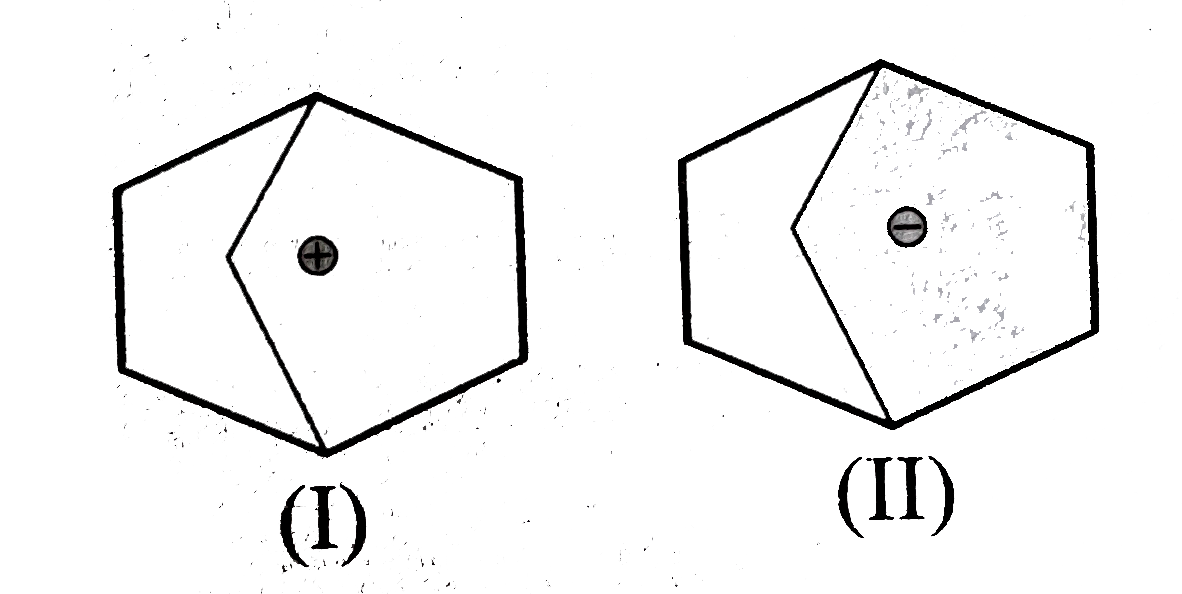
( c) Why allylic free radical (CH2−CH=CH2)(I) is more stable than propy1 free radical (.CH2−CH2−CH3)(II), when both are 1∘ free radicals ?
(d) Arrange the following in the decreasing order of their stabilities :
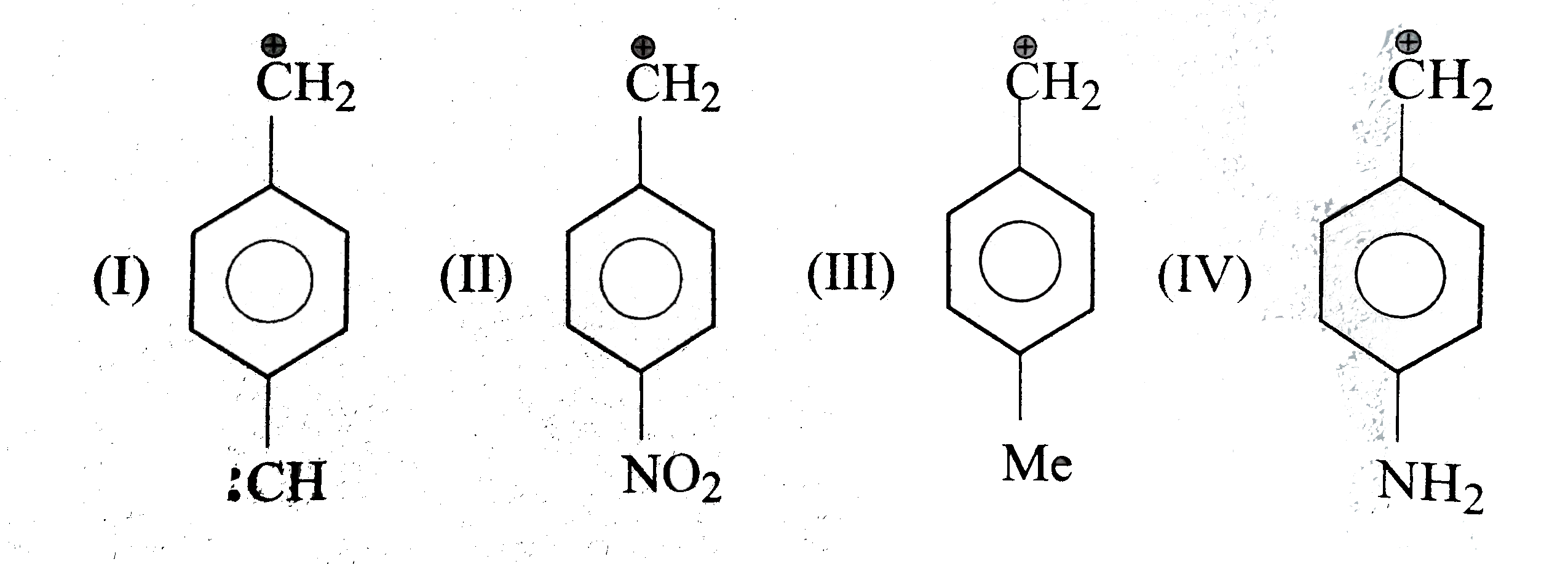
( e) Which of the following resonance structures of p−nitro phenoxide is not feasible ?
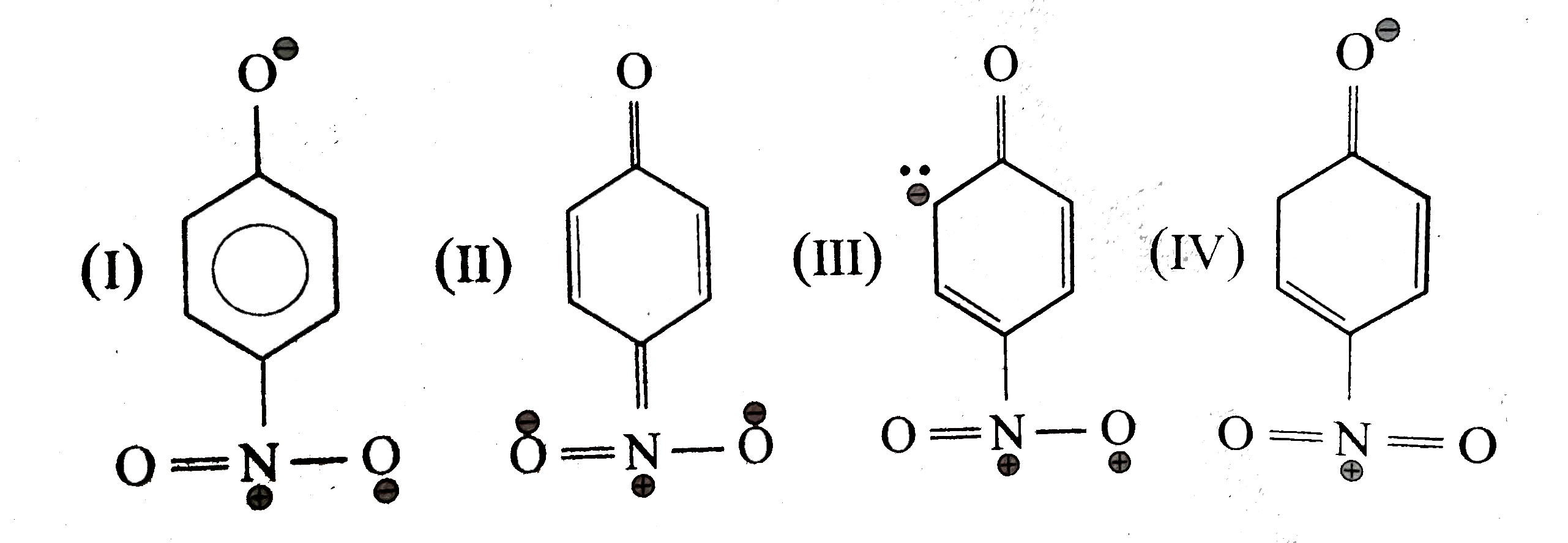 .
.
(f) Which of the more stable carbocation ?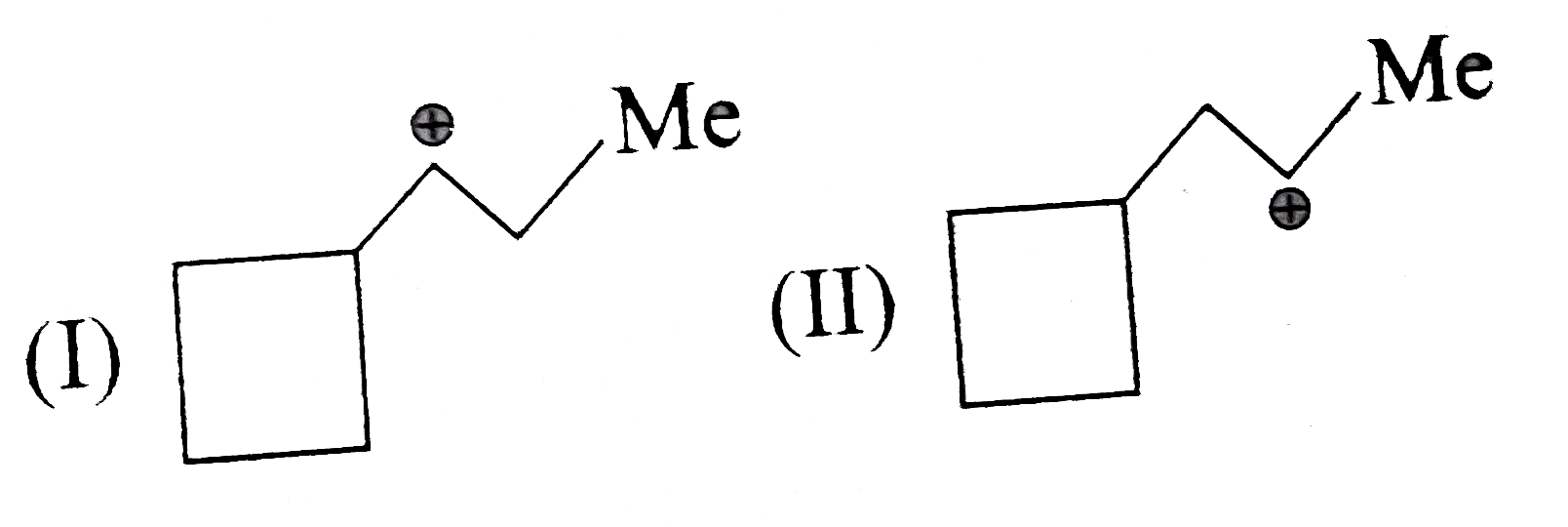 .View Solution
.View Solution

